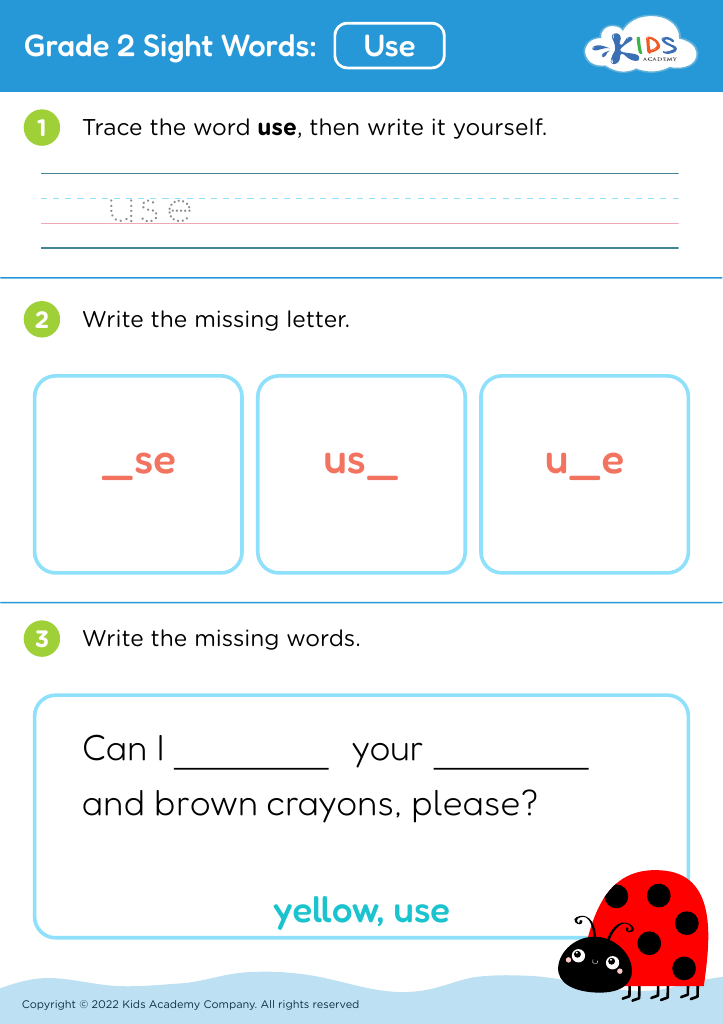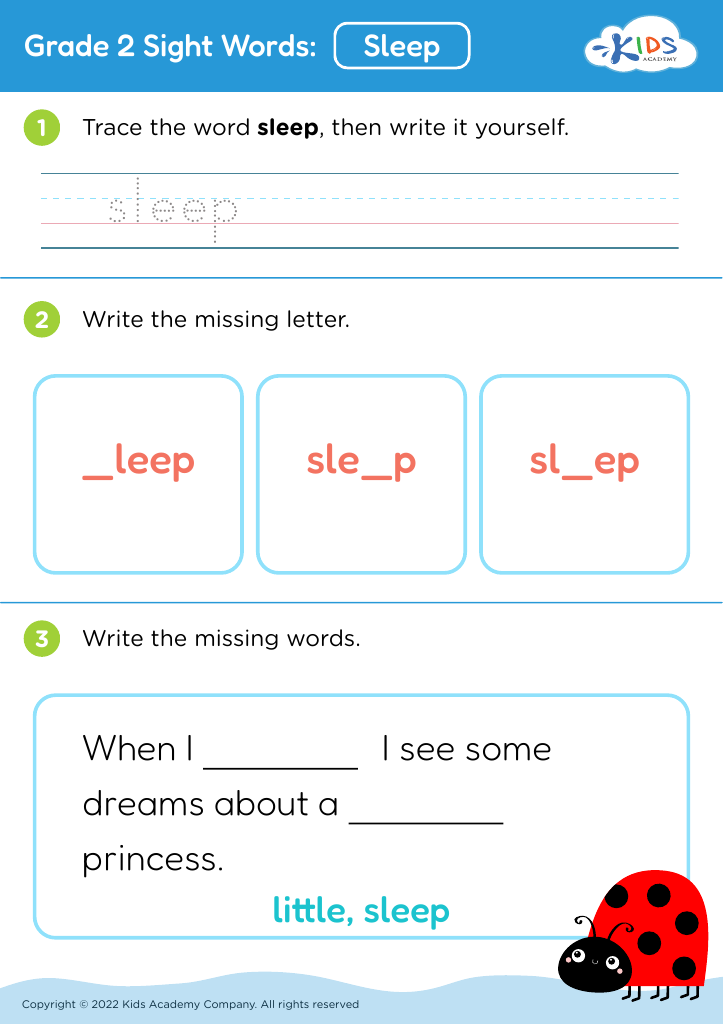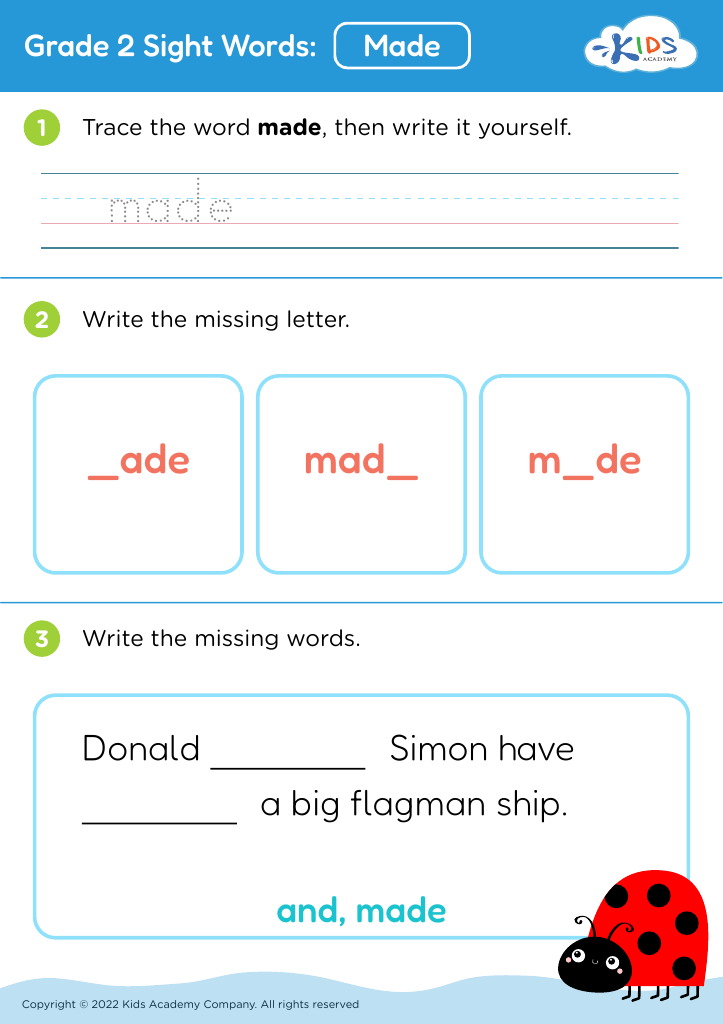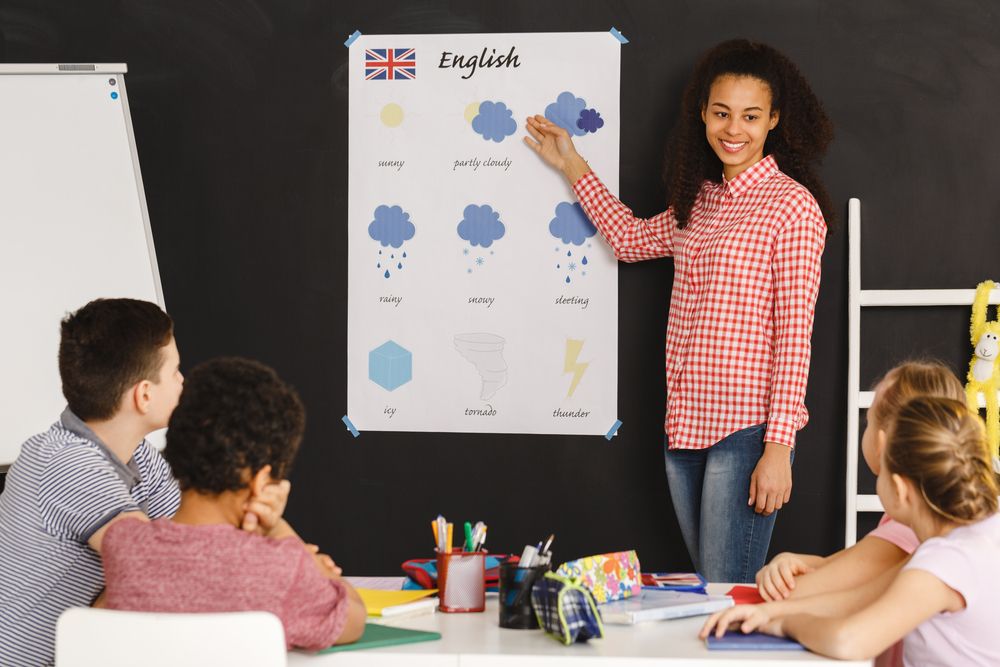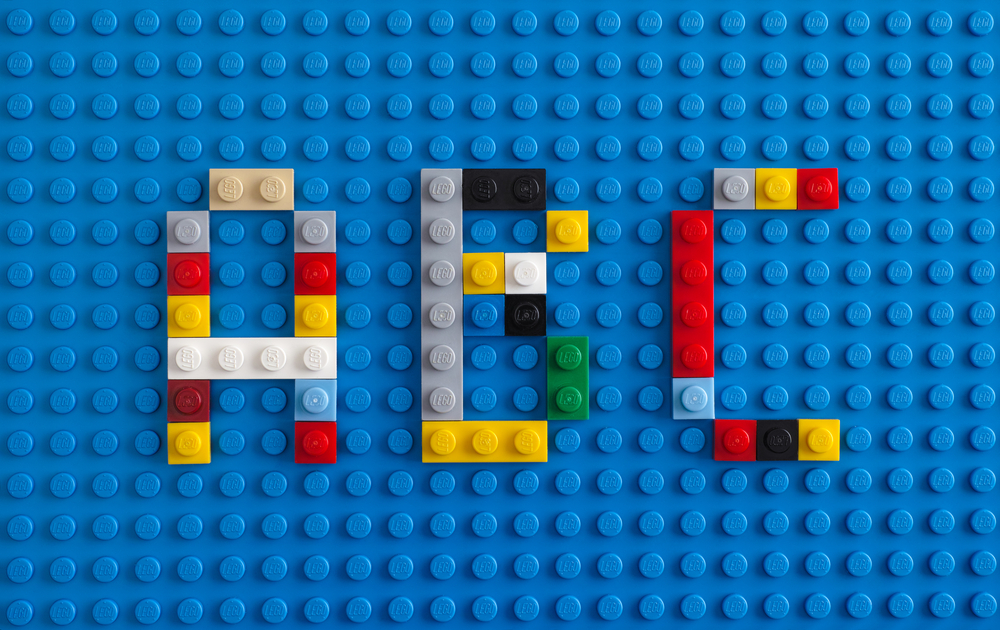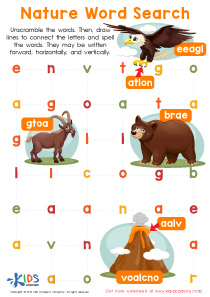Identifying shapes Sight Words Worksheets for Ages 8-9
3 filtered results
-
From - To
Discover our engaging "Identifying Shapes Sight Words Worksheets" designed specifically for children aged 8-9. These worksheets seamlessly combine early reading skills with shape recognition, helping young learners expand their vocabulary while enhancing their understanding of geometric concepts. Featuring a variety of fun exercises, including matching, tracing, and fill-in-the-blank activities, your child will not only improve their sight word recognition but also deepen their comprehension of shapes in everyday life. Perfect for classroom use or at-home learning, these worksheets provide a playful and educational way to promote literacy and critical thinking. Download now and watch your child's skills flourish!
Identifying shapes and sight words are crucial components of early literacy and math skills for children aged 8-9. Parents and teachers should care about these skills because they lay the foundation for more advanced concepts that children will encounter in their education.
For sight words, recognizing common words enhances reading fluency and comprehension. As students become proficient in sight words, they can focus their cognitive resources on understanding the text rather than decoding each word. This builds their confidence and enthusiasm for reading, which is essential for overall academic success.
Similarly, identifying shapes strengthens spatial awareness, which plays a significant role in both mathematics and real-world applications. Understanding shapes fosters critical thinking as children learn to classify, compare, and manipulate objects. It also prepares them for more complex geometric concepts in later grades.
Moreover, both skills promote problem-solving abilities and encourage creative thinking, which are vital in a rapidly changing world. Engaging with shapes and sight words through interactive activities enhances motivation and enjoyment in learning. By prioritizing these areas, parents and teachers equip children with essential tools for success in school and beyond, reinforcing the importance of these foundational skills as stepping stones to future learning.

